1 1/2" 150LB floating ball valve is made according to ASME B16.34 standard. The valve body is made of A105. It has the structural characteristics of 2-piece, floating ball, full bore, fireproof, anti-static, anti-flying valve stem. Its connection mode is RF. And it has lever (with locking device) operation mode.
Payment:
30% when order confirmed, 70% before shipmentProduct Origin:
ChinaColor:
CustomizationShipping Port:
Shanghai, ChinaLead Time:
30~60 days Ex Works after order confirmationMaterial:
A105Method of Operation:
Lever (with locking device)Product Description
|
Type |
Floating Ball Valve |
|
Size |
1 1/2" |
|
Pressure |
150LB |
|
Connection |
RF |
|
Operation |
Lever (with locking device) |
|
Body Material |
A105 |
|
Design Norm |
ASME B16.34 |
|
End to End Dimension |
ASME B16.10 |
|
Flange End |
ASME B16.5 |
|
Test & Inspection Code |
API 598 |
|
Fire Safe Test |
API 607 |
|
Temperature |
-29 ~ 150°C |
|
Applicable Medium |
Water, Oil and Gas |
Features
1. Due to the fact that the channels of valves are usually straight through, the resistance when fluid passes through is very low, which helps to improve the flow efficiency of the system;
2. Two-piece floating ball valves typically have bi-directional sealing capabilities and can effectively operate in any direction of fluid flow, making them suitable for various pipeline configurations.
Technical Drawing
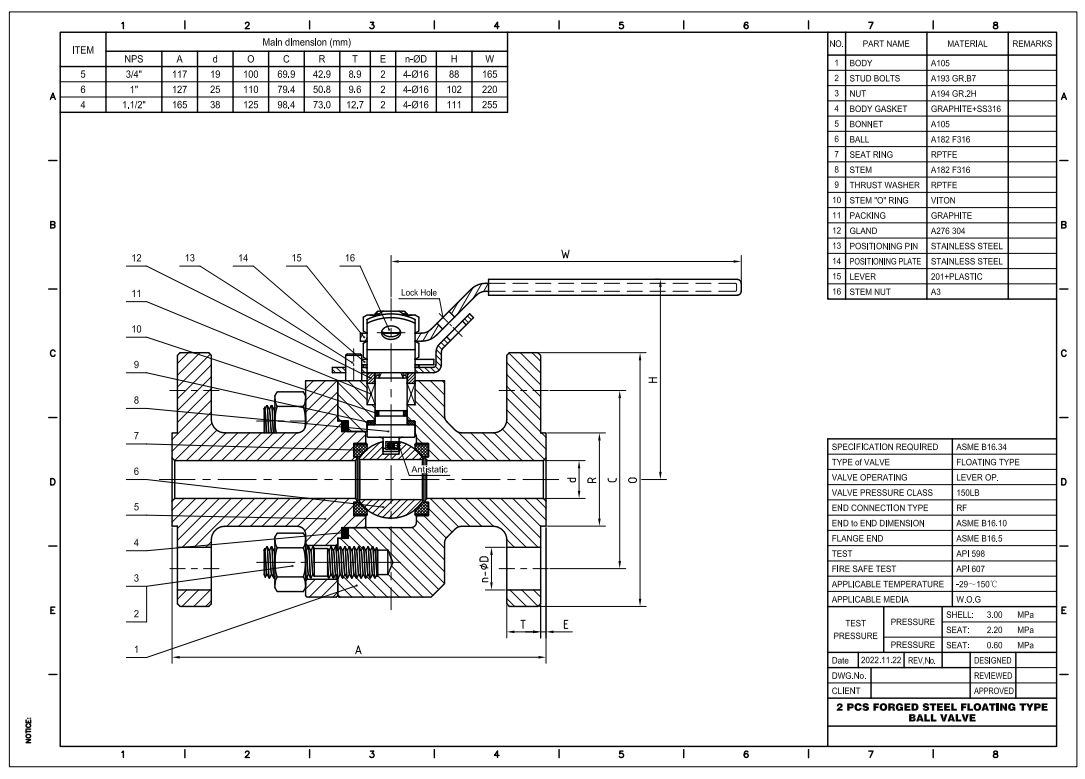
Dimension Checking
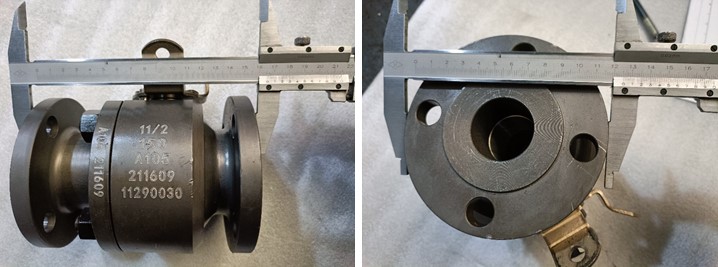
Pressure Testing
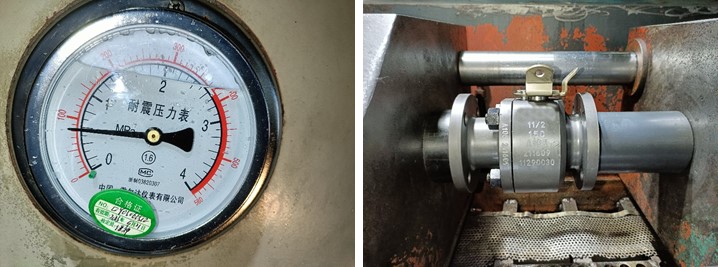
Nameplate & Packing
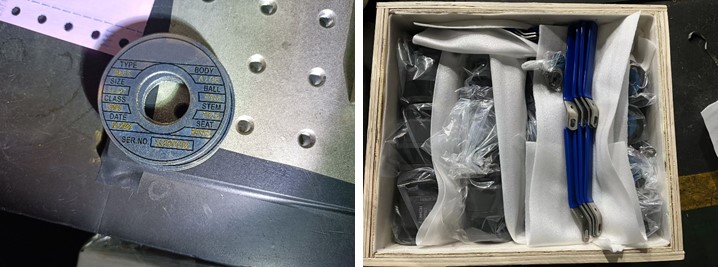
Inspection report
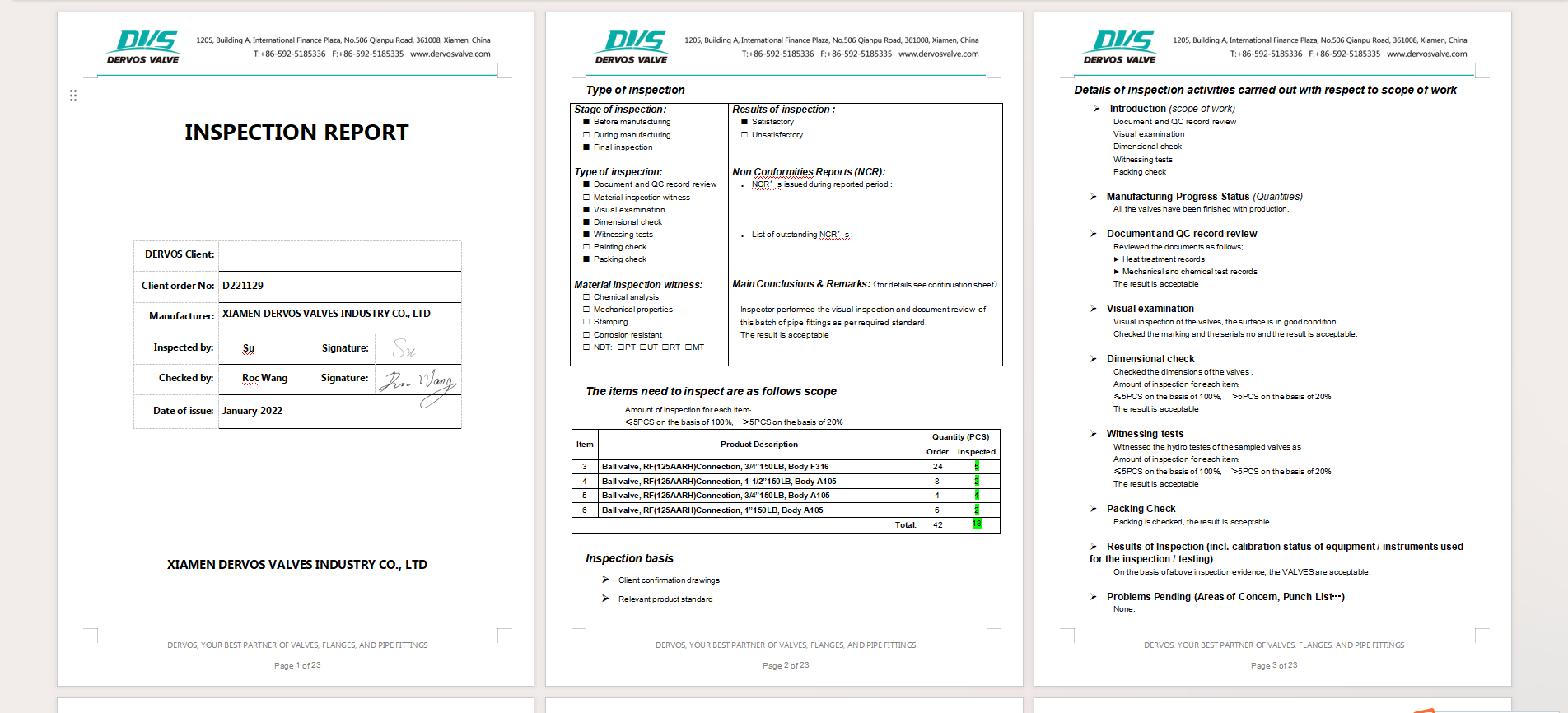
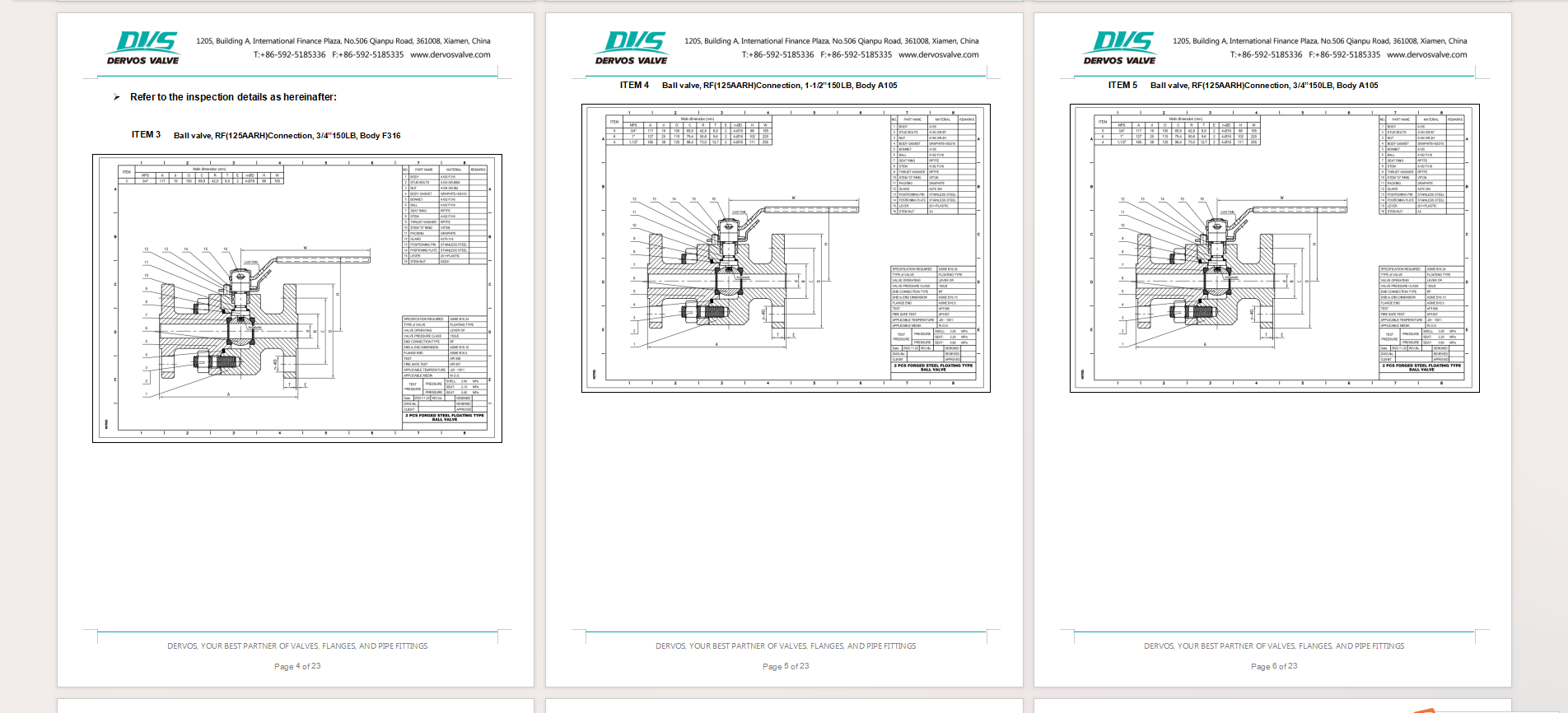
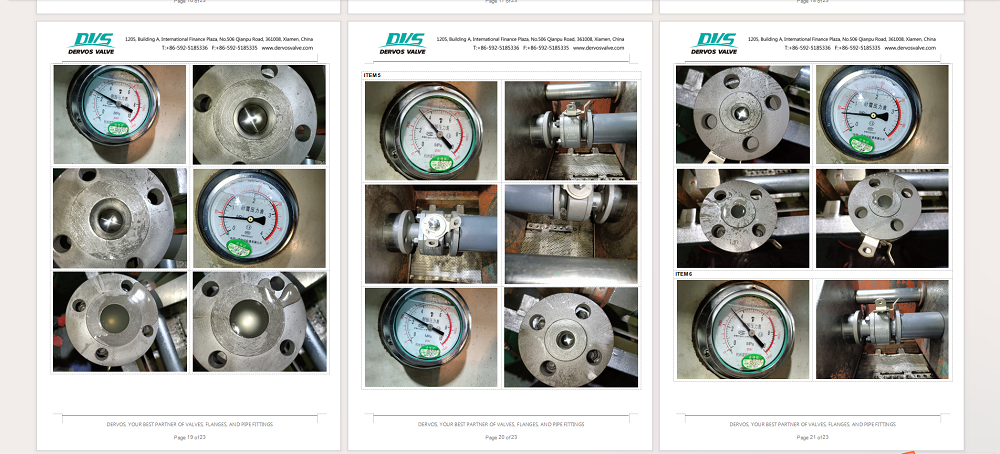
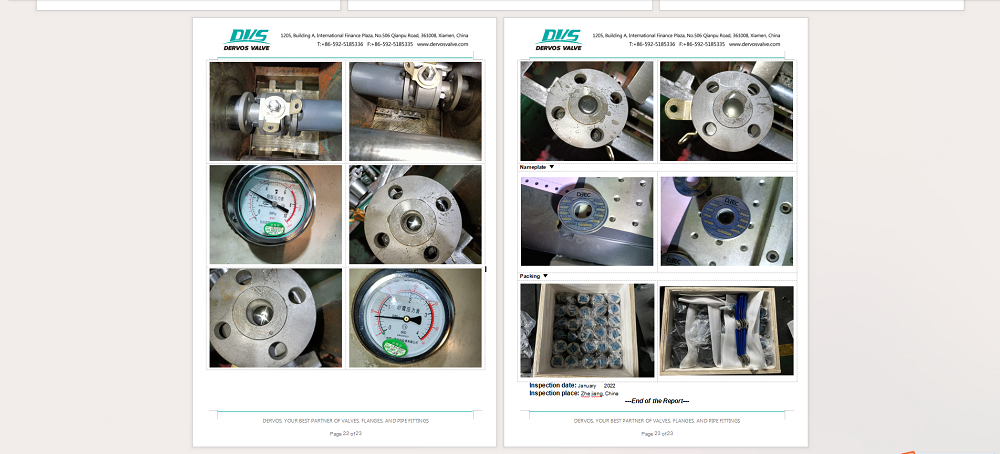
If you are interested in our products and want to know more details,please leave a message here,we will reply you as soon as we can.